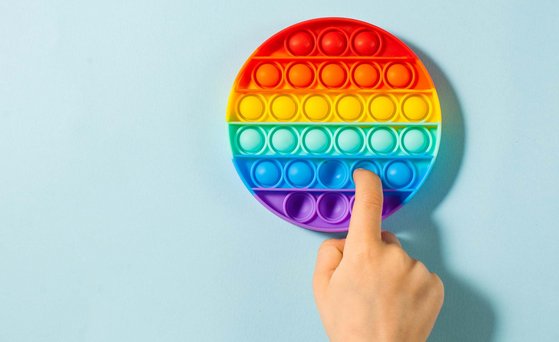Health assessment of Toys

Every day, a myriad of teething rings, dolls, toy cars, puzzle pieces and balls pass through children’s hands and mouths. The BfRshort forGerman Federal Institute for Risk Assessment assesses the risks posed by ingredients to better protect children’s health.
What are the risks?
When playing, children may come into contact with various chemical substances via toys. Substances from toys can be released when they come into contact with the skin and, above all, when they are put in the mouth and can be absorbed by children. Furthermore, children may even chew off and swallow small amounts of materials used to make toys, such as paint. In the case of substances that emit into the ambient air, inhalation can also lead to absorption.
Potential substances with hazardous properties may include, for example, heavy metals, such as lead, which can be toxic to development, and cadmium, which can be toxic to the kidneys; they have been found in paints on toys. Another example are N-nitrosamines, which are carcinogenic and may be contained in balloons.
However, the occurrence of a substance in a toy does not necessarily mean that there is a health risk. In most cases, it is in fact significant whether or not the substance is released from the toy and can enter the body. The amount of a substance that can be absorbed from a toy, taking into account possible other sources of exposureExposureTo glossary, is also significant. Therefore, substances contained in toys may only be released in quantities that shall not jeopardise health.
Frequently asked questions
What does the BfRshort forGerman Federal Institute for Risk Assessment do?
The BfRshort forGerman Federal Institute for Risk Assessment assesses health risks that might originate from chemical substances in toys. It is provided with support on this from the "Toys" panel in the BfR Committee for Consumer Products. This committee comprises of national experts from control laboratories in the federal states, testing laboratories and industry working together to advise the BfRshort forGerman Federal Institute for Risk Assessment.
The BfRshort forGerman Federal Institute for Risk Assessment has already assessed of a number of substances in toys in terms of health risks. Among others, these include:
- Allergenic aromatic substances
- Boric acid in bouncing putty and slime
- Phthalate plasticisers
- Polycyclic aromatic hydrocarbons (PAHs)
The BfRshort forGerman Federal Institute for Risk Assessment provides scientific advice to the Federal Ministry for the Environment, Nature Conservation, Nuclear Safety and Consumer Protection (BMUV) on developing standards for the EU Toy Safety Directive. As a result, it supports the establishment of health-based limits for substances in toys at EU level.
Legal basis
General legal requirements for toys in Germany are defined in the German Food, Feed and Consumer Goods Code (LFGB) and in the Act on making products available on the market (Product Safety Act – ProdSG). Specific requirements are contained in the Second Equipment and Product Safety Act Ordinance (Ordinance on the Safety of Toys – 2nd ProdSV), which converts the EU Toys Directive 2009/48/EC into national law; this directive also contains specific requirements, for example, regarding chemical properties, in addition to general safety requirements:
- External Link:EU Toy Safety Directive 2009/48/EC
- External Link:Ordinance on the Safety of Toys - 2nd ProdSV
- External Link:Product Safety Act (ProdSG)
- External Link:Food, Feed and Consumer Goods Code (LFGB)
The requirements in the EU Toy Safety Directive are substantiated in European standards (EN 71 standards series), which in some instances contain further requirements for the chemical composition of certain toys. Furthermore, the standards also describe analytical methods that can be used to check the limits.
Substance-specific requirements that are relevant to toys can also be found in the directly applicable REACH Regulation (EC) No. 1907/2006 and the POP Regulation (EU) No. 2019/1021, and in the national Consumer Goods Ordinance (BedGgstV). Directive 2011/65/EU on the restriction of the use of certain hazardous substances in electrical and electronic equipment (RoHS Directive), which has been put into effect nationally in Germany through the Electrical and Electronic Equipment Substances Ordinance, contains additional requirements specific to electronic toys. As a result, some of the regulatory provisions overlap.